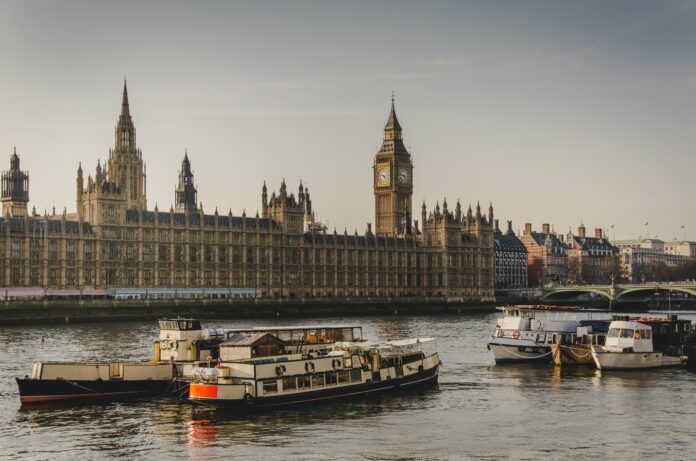The oil and gas industry often involves remote work in challenging environments. Accommodation barges play a crucial role in providing a comfortable and safe living space for oil field crews who are working far from the shore. A well-designed cabin configuration ensures these crews can stay focused on their jobs without sacrificing comfort and safety.
Balance of Single and Double Occupancy Cabins
The first step in creating a flexible cabin configuration is to balance the number of single and double-occupancy cabins. Single cabins are ideal for crew members who require more privacy, while double cabins can accommodate pairs of colleagues or those who are comfortable sharing space. A mix of both ensures the barge can adapt to different crew needs.
Comfortable Sleeping Quarters
Crew members need a good night’s sleep to perform their duties effectively. Each cabin of 40 pax accommodation barge rental should have comfortable beds, quality mattresses, and adequate storage space. Single cabins can have a single bed, while double cabins may feature bunk beds or a double bed with storage underneath.
Private Bathrooms
To maintain hygiene and privacy, each cabin should have a private bathroom. The bathroom should include a shower, toilet, and sink. These facilities are essential for crew members returning from their physically demanding shifts in the oil fields.
Functional Workspaces
In an industry that often involves paperwork and communication, providing functional workspaces is crucial. Each cabin should have a desk or work area where crew members can complete paperwork or use a computer. This ensures they can stay connected with their team and the onshore operations.
Common Areas for Community Building
Maintaining crew morale and mental well-being is vital. Common areas such as a spacious dining room, a well-equipped kitchen, and a comfortable lounge provide spaces for crew members to relax and socialize during their downtime.
Safety First
In the oil and gas business, safety is of the utmost importance. The cabin configuration should include adequate life-saving and fire-safety equipment. Emergency exits and evacuation plans must be marked to ensure the crew’s safety in case of unforeseen events.
To enhance the quality of life onboard, consider facilities like a gym or exercise area, a laundry room, and entertainment options. These amenities contribute to the physical and mental well-being of the crew.
Storage and Equipment Spaces
Efficient storage is crucial for keeping the barge organized and safe. Designate areas for equipment, tools, and supplies and ensure they are well-organized and secure.
Inclusivity is important. The cabin configuration should consider accessibility for crew members with mobility impairments, ensuring everyone can move comfortably around the barge.
Ventilation and Climate Control
Adequate ventilation and climate control systems are required to keep the crew in a pleasant and healthy environment.
An ongoing maintenance and inspection schedule is necessary to ensure all facilities remain in good working condition. This minimizes disruptions and provides the crew’s living conditions are consistently comfortable and safe.
Environmental Considerations
Implementing environmentally friendly technologies and waste management systems helps minimize the environmental impact. The industry needs to consider its ecological footprint.
In conclusion, designing a flexible cabin configuration for a 40-person accommodation barge housing an oil field crew is a multifaceted task. It requires a delicate balance of comfort, safety, and functionality. By carefully considering the needs and preferences of the crew, along with adherence to safety regulations and industry standards, it’s possible to create a space that supports the well-being and efficiency of the dedicated individuals working in the challenging oil and gas industry.










